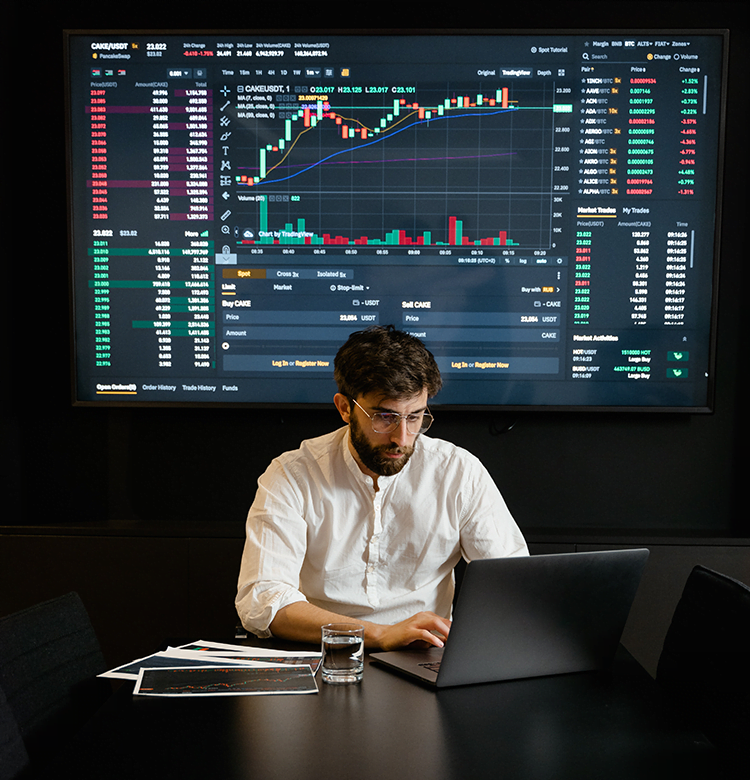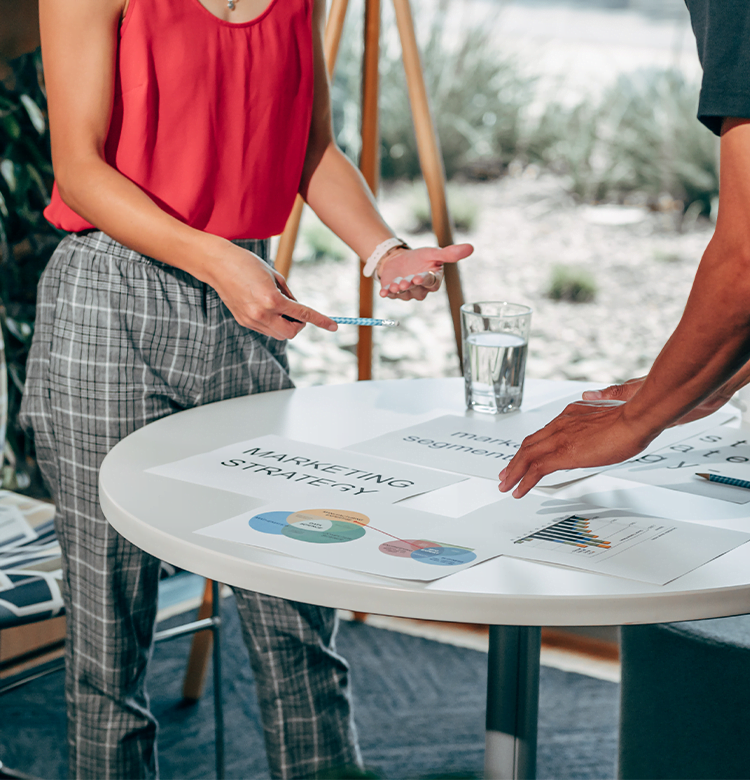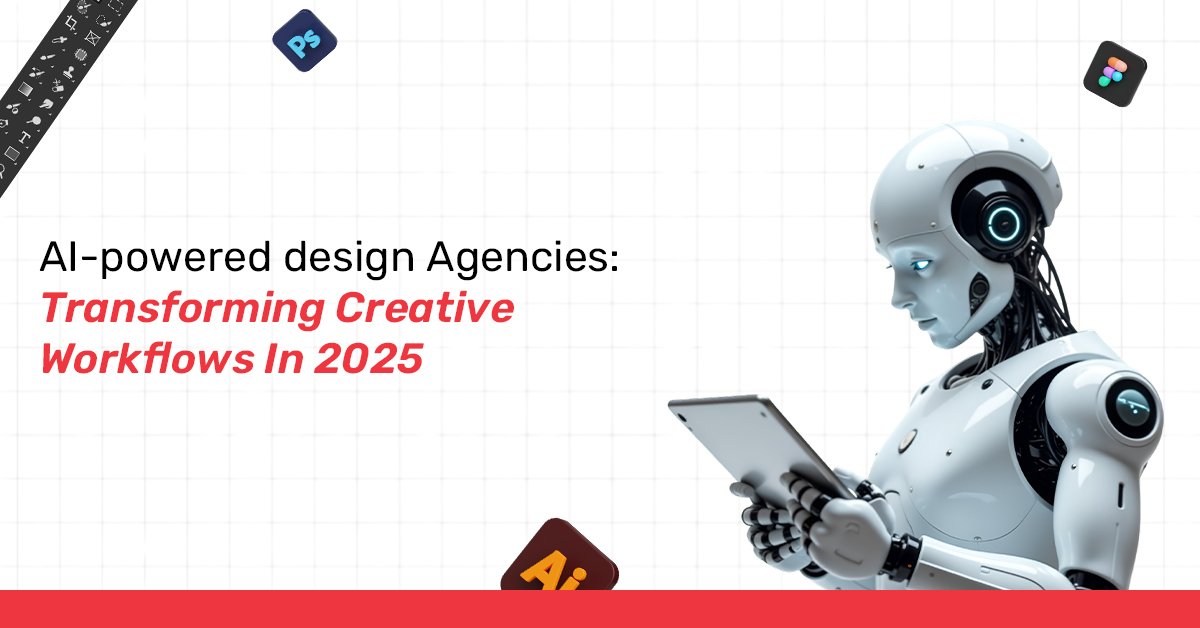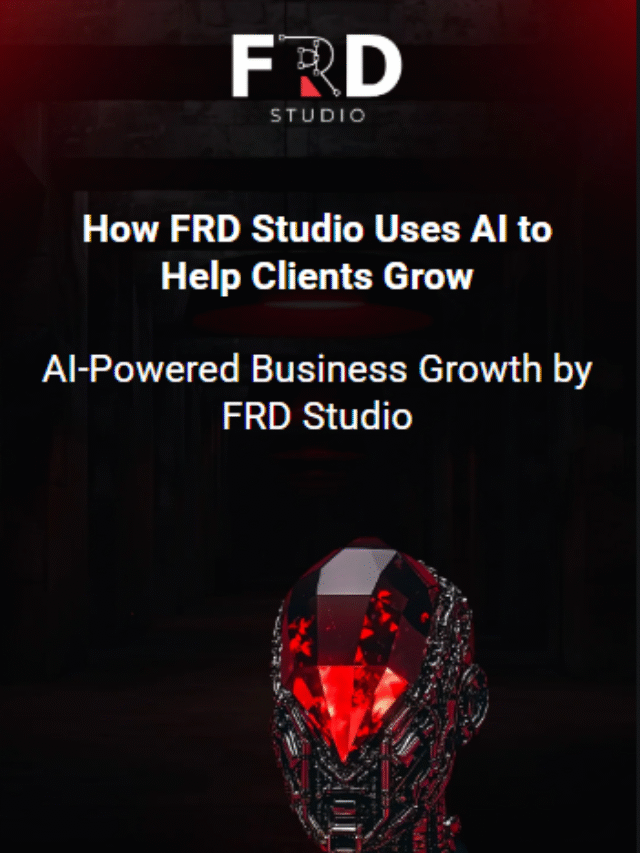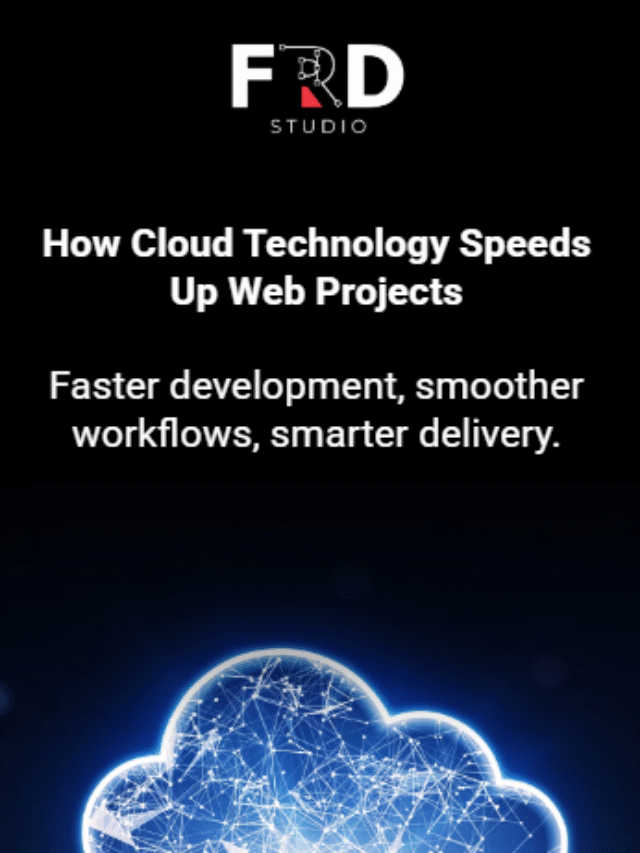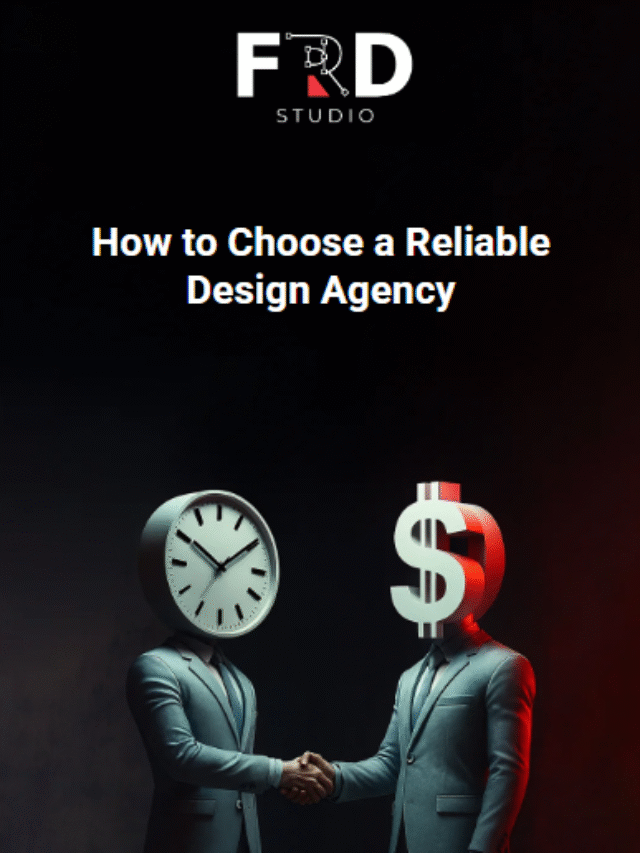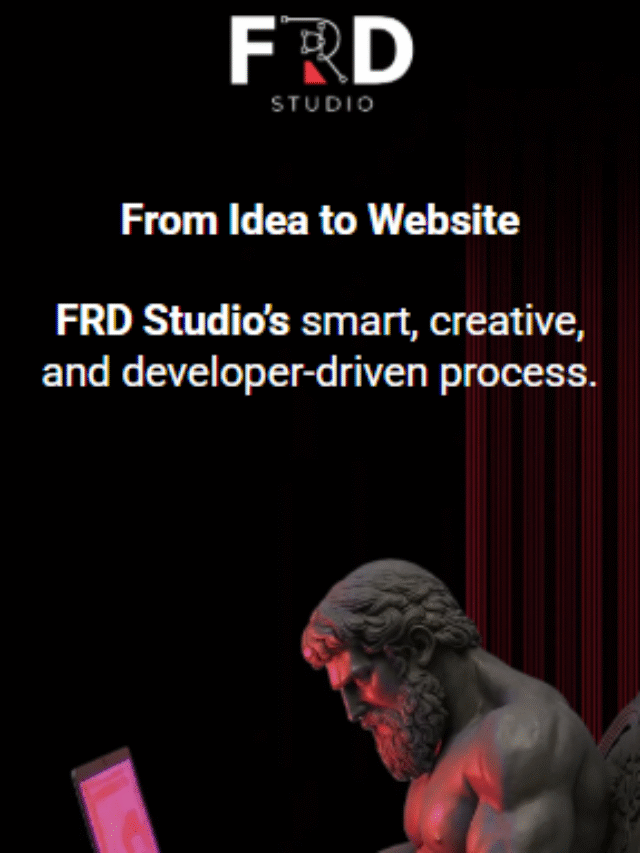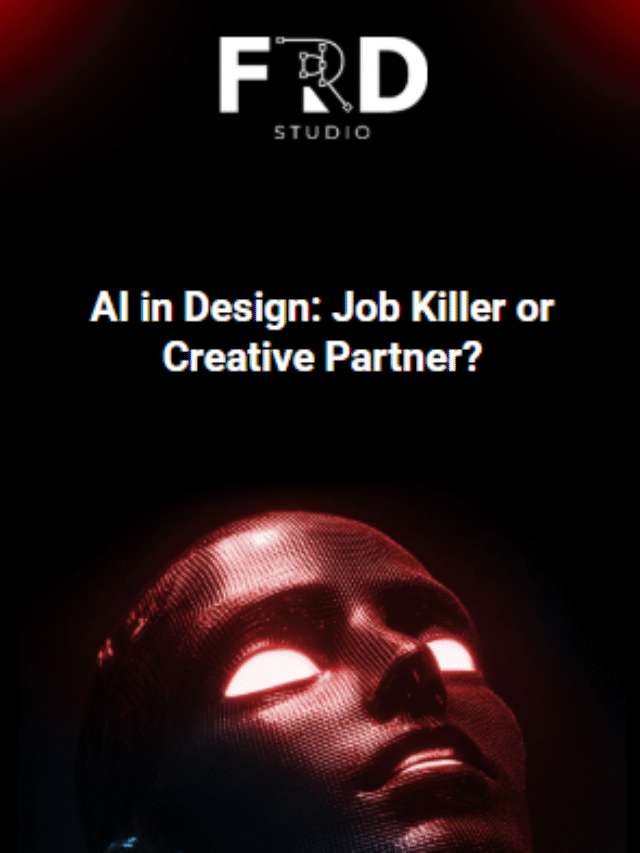The year 2025 is a really important time for the creative industry. AI, once avant-garde, has now absolutely federated into the core operations of design, initially transforming creative workflows and elevating efficiency.
- AI-powered design agencies are changing the design world.
- A long way from replacing human creativity, AI has become a co-partner, enabling designers to push boundaries and to deliver out-of-the-box results at a fast pace.
- AI becomes a creative partner in 2025.
- The days are gone when AI was only a tool for computerized day-to-day tasks.
- AI supports designers from concept to execution.
Top AI tools for designers in 2025:
Adobe Firefly
Midjourney
DALL·E 3
These AI tools for designers in 2025 generate not just images but complete design systems. Designers can now explore creative directions in seconds.
Overcome creative blocks:
The fear of not knowing where to start now seems like a myth. AI can act like a helpful brainstorming partner that offers new visual layouts, color combinations, and layout suggestions.
Streamlining the Workflow:
The evident impact of AI in design is the breakthrough in AI-powered design agencies: Transforming Creative Workflows in 2025, operational efficiency. AI takes care of repeated tasks that used to take up a lot of designers’ time. Designers can now spend more time on new ideas instead of getting stuck on tedious tasks.
Automatic Digital Content Generation and Modification:
AI tools can do various tasks like background removal, image enhancement, and retouching. It substantially reduces the time taken on manual adjustments, which gives more time to designers for strategic thinking and problem-solving.
Intelligent Layout and Content Generation:
Platforms like Canva AI help in design by suggesting layouts—it can automatically create design ideas.
Picking fonts:
It recommends good fonts that go well together.
Even writing text can help come up with words for design. It is helpful in making a lot of content fast, like social media, ads, and marketing.
AI in UX/UI design:
Fast Prototyping and User Feedback Design tools like AI-powered UX/UI design can convert sketches into synergistic digital prototypes.
These tools can also do quick A/B testing and interpret user interaction and give instant feedback for design upgrades.
This process fosters user-centricity, leading to enhanced product efficacy
Project management and resource allocation:
The adoption of AI within project management frameworks contributes to improved task performance.
Automating tasks: It can automatically make schedules, keep track of the work done, and decide who can work efficiently on what.
Predicting problems:
Some tools can take help from past projects to have an idea where things might get stuck and then give suggestions to fix them before they become an issue.
The Evolving Role of the Human Designer:
While AI does more operational tasks, the human designer’s role is evolving, not coming to an end. In 2025, creative designers are those who use AI as a collaborator and focus on skills that AI can’t do.
Strategic thinking and problem solving:
Designers are no longer just making things, but they are becoming key thinkers. They use AI-powered information to solve tough problems for clients.
It seems like they are master planners of how people experience a product or service, making sure that designs using AI match with what the business wants to achieve and what users demand.
Emotional intelligence and storytelling:
AI can create visuals but can’t create designs with emotions or cultural intricacy. Human designers are requisite for creating stories that match with audiences, building brand identity, and developing emotional bonds through designs.
Ethical considerations and bias mitigation:
As AI is in vogue, designers play a very important role in ensuring that content is ethical, unbiased, and comprehensive.
They are responsible for probing AI outcomes and instructing the technology to create representative designs.
Creative Directions and Refinement: AI provides source material, but human designers are architects who curate, refine, and enhance AI-generated content to achieve excellence. Acute visual perception and cultivated aesthetic judgment are fundamental to successful design outcomes.
Client communication and collaboration:
AI’s role in effective communication and endless collaboration with clients explains unique human skills. Human designers work as translators between clients’ expectations and AI capabilities.
Challenges and the road ahead: There is no doubt that the benefits are beyond doubt, but there are challenges also. Agencies must address data privacy and security; they need powerful security protocols for handling client data and AI models.
Training and upskilling:
Designers should continuously learn to become proficient with new AI tools and consolidate them effectively into workflows.
Maintaining originality and avoiding generic output: It can lead to homogenized design (due to global availability of AI tools) if not well instructed by human mental agility.
Ethical Considerations:
The most important thing in AI-generated content is to ensure fairness, transparency, and accountability.
Intellectual property and copyright: The laws about AI’s content are not written. It’s tricky to find out who owns it and who is responsible if something goes wrong. One should navigate carefully.
Conclusion:
In 2025, AI is not only a trend in design, but it’s also a major or radical change. Top design agencies in India that use AI design, such as FRD Studio, Lazy Eight, DesignRush, etc, are setting in motion a big change.
FRD Studio:
A top design agency in Gurugram, known for its consistent quality and innovation. It is an affordable design agency. Its main focus is AI-enhanced workflows.
This web design agency is continuously emerging due to its evident track record and client satisfaction.
Some of the clients are Hirux Digital, Kitaboo, Sports Station, School Saarthi, and the list goes on….
Lazy Eight: It focuses on AI-augmented workflows.
They are using smart tools like AI to do a few tasks: Works faster: It can create designs quickly without wasting much time.
Be more creative: Come up with new and exciting designs. Make design personal and effective: it creates designs that connect with people’s expectations and give better results.
The future of design will be an amalgamation of people’s creativity, smart thinking, and understanding of emotions; all will work together with AI.
This will result in amazing new designs and a substantial increase in productivity and effectiveness.
Successful design and development agencies will be those that welcome this partnership with AI, train their employees to use these new tools, and think about the appropriate and inappropriate ways to use AI by keeping in mind ethical considerations.
These agencies will do very well in this exciting new time for design.
Frequently Asked Questions
Will AI replace human designers?
No, AI enhances creative work. Designers remain essential for strategy, storytelling, and emotion.
What are the best AI tools for design in 2025?
Adobe Firefly, Midjourney, Canva AI, and Uizard are leading the way.
What's the future for AI in design?
Expect more sophisticated AI capabilities and a focus on ethical AI.
What are the main benefits?
Efficiency, creativity, speed, insights, etc.
Can AI make designs according to people's culture and emotions?
No, humans can make designs for the client.




